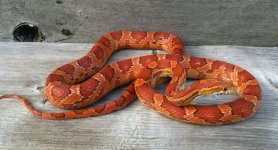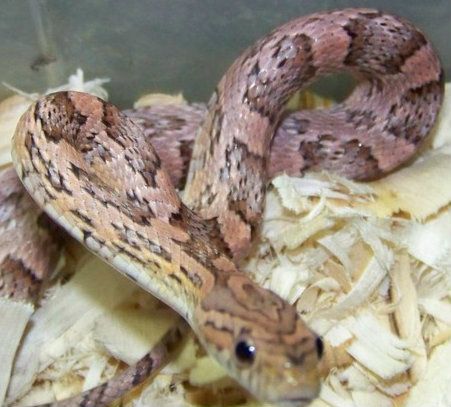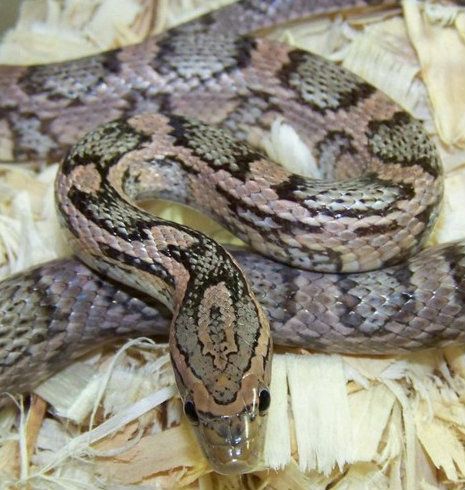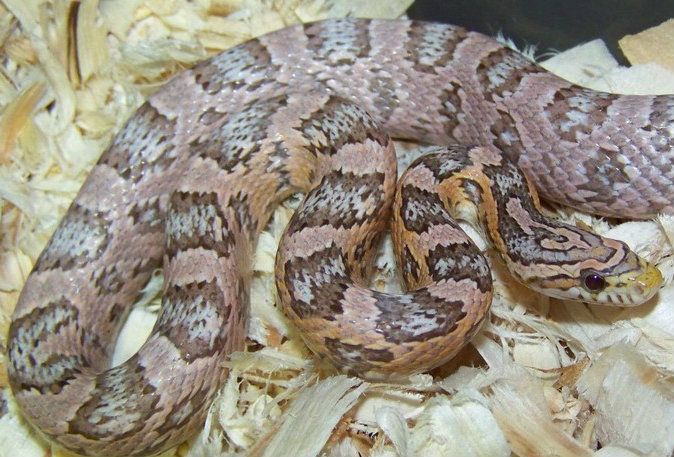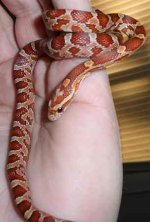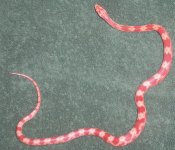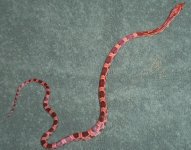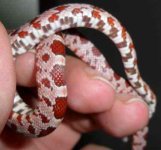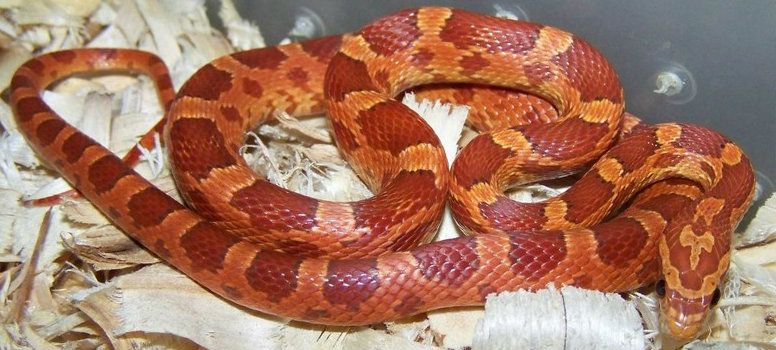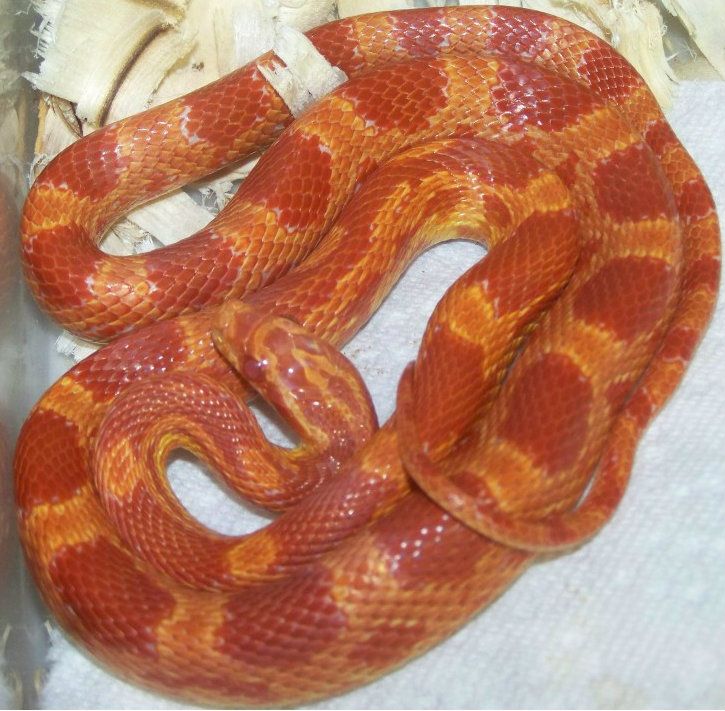snakepunk
New member
I'm probably going to aggravate half of the members here and confuse the rest, but I have sincere doubts about our current understanding of the strawberry gene and its mode of inheritance. What's even more, I think it is directly tied into the red-factor discussion.
Although it is wildly believed that strawberry is an allele to Hypo-A, I'm starting to question that teaching. Some of this is due to my own breedings, but after talking to Don S. about it, I feel even more confident in this assertion.
It seems to me that at least some "strawberries" are just hypo-A's. It's no secret that known examples of this morph can greatly vary. Some like Serpenco's "scarlet" line (do any of these still exist?) were quite red, while other hypos can resemble normal/classic corns at maturity.
I do think that most strawberrys however, are what many of us have been referring to as "red-factor" corns. This gene/genes appears to act in a dominate manner, with the more red (or pink in the case of the salmon snows/ghost) being the super forms.
Although I do need to conduct several more test to prove this theory, as well as have those same test replicated by others independently, I think this particular model better fits the results I've been getting (and seeing in others) so far.
Although it is wildly believed that strawberry is an allele to Hypo-A, I'm starting to question that teaching. Some of this is due to my own breedings, but after talking to Don S. about it, I feel even more confident in this assertion.
It seems to me that at least some "strawberries" are just hypo-A's. It's no secret that known examples of this morph can greatly vary. Some like Serpenco's "scarlet" line (do any of these still exist?) were quite red, while other hypos can resemble normal/classic corns at maturity.
I do think that most strawberrys however, are what many of us have been referring to as "red-factor" corns. This gene/genes appears to act in a dominate manner, with the more red (or pink in the case of the salmon snows/ghost) being the super forms.
Although I do need to conduct several more test to prove this theory, as well as have those same test replicated by others independently, I think this particular model better fits the results I've been getting (and seeing in others) so far.

